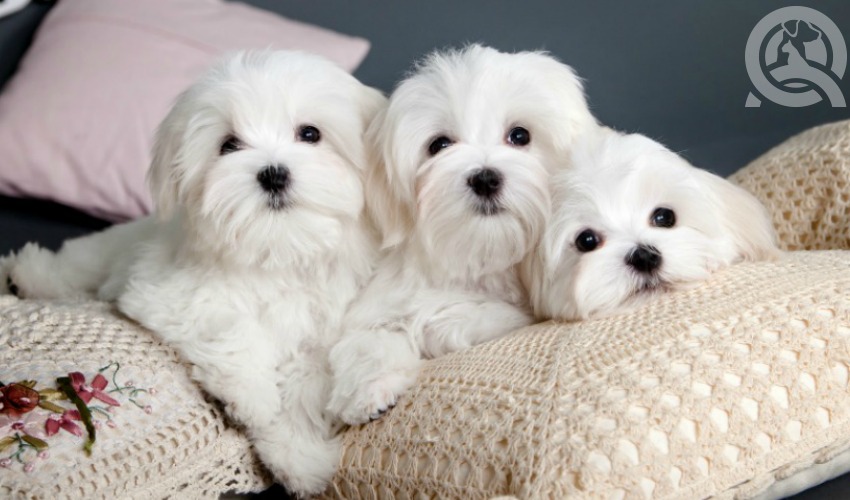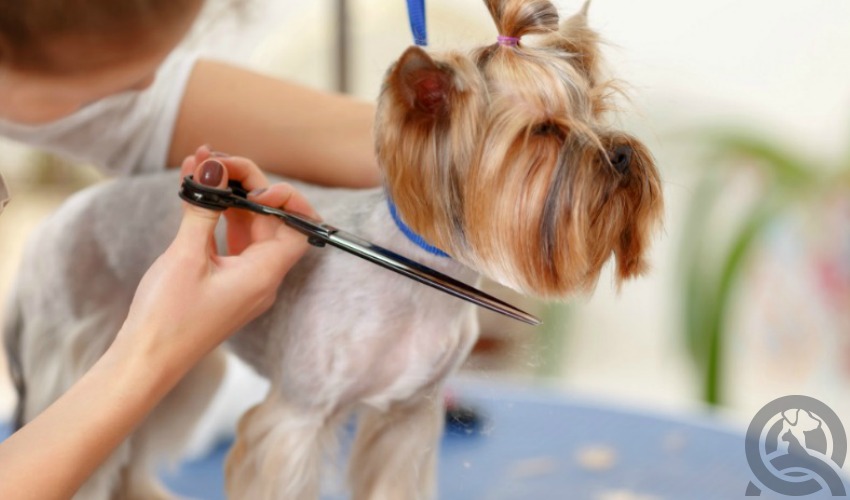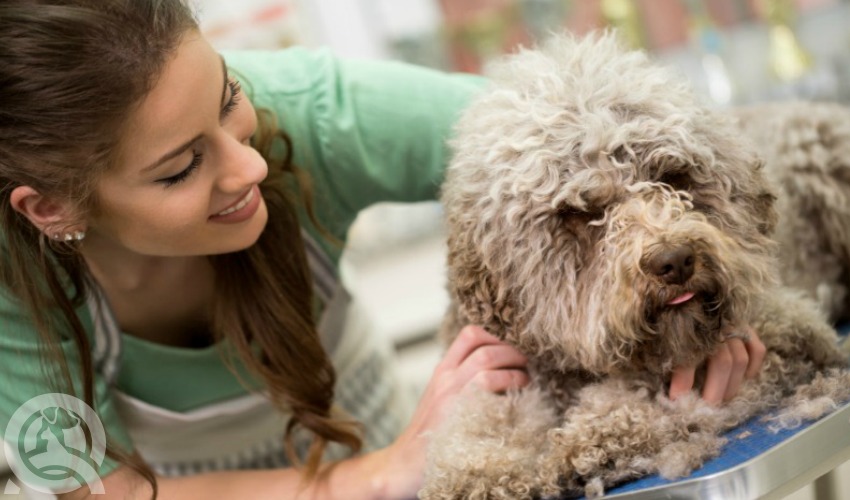The world of dog grooming is one that many think they know – after all, bathing, brushing, and overall care are universal duties of certified dog groomers. However, there are several misconceptions related to what dog groomers do, as well as how dog owners can best care for their furry friends. Dog grooming courses will teach best practices, ensuring that professional groomers are properly trained, but for dog owners, it can be tricky to know the proper way to care for a pup.
Read on as we debunk 5 common myths about dog grooming. Pay close attention both as a dog groomer and as a dog owner – you want to understand how to groom correctly, as well as be able to provide the best advice to your grooming clients!
1. Hypoallergenic dog breeds are the answer for allergic owners
When it comes to allergies, having a reaction around cats and dogs is one of the most common! It’s also very unfortunate, as allergies (when strong enough) can prevent many dog lovers from adopting a dog. A myth about dog grooming is that allergic dog owners can adopt hypoallergenic breeds and not experience any sneezing, watery eyes, coughing, or any other allergic reaction as a result. Dander is the cause of these allergies, and as dander is attached to dog hair, it is very difficult (albeit impossible) for pet owners to avoid.

Hypoallergenic breeds such as Poodles, Maltese, and the Giant Schnauzer do not shed their hair in great quantities, which in theory would mean that someone who suffers from a dog allergy could live happily with one of these breeds.
But it is not so simple! The severity of allergies can differ greatly from person to person, so just because a dog breed is known for being hypoallergenic does not mean that someone with allergies will be comfortable around them. The best way to tell if a dog will cause an allergic reaction is to have the individual and animal spend several hours together, indoors. Being in such close proximity without much fresh air to breathe will allow any allergies to come out (or hopefully, not show themselves at all!).
2. The type of shampoo doesn’t matter when bathing
Just as it is extremely important to calm a dog down before a bath, it is equally as important to use the right products. Just because your shampoo claims to be gentle and natural does not mean that it’s safe for your dog. Humans and dogs have different needs when it comes to bathing and cleaning, specifically in terms of pH balance. Human skin has a pH of around 5.5 to 5.6, while a dog’s skin is more neutral (a pH of between 6.2 and 7.4). So what does this mean? Human shampoo is too acidic for dogs, resulting in upset skin.
The great news for dog owners and dog groomers alike is that there is a huge variety of dog-specific shampoo products available, so be sure to stock your cupboards with your pet’s health and well-being in mind!
3. Dogs need their coats shaved down during the summer
The summer heat can be very hard on pups with thick and heavy coats. A common dog grooming myth is that dogs need to be shaved down in order to stay comfortable and cool throughout the summer months. We’re not surprised that this misconception has stood the test of time – just as humans shed their coats in the summer, dogs also need to beat the heat and be free of heavy hair. However, shaving a dog’s coat can cause a number of different problems, and once you understand that a thick coat actually helps dogs regulate temperature, you will never want to shave it off!

Many dogs live in air-conditioned homes that keep them comfortable, but if they spend any time outside during the summer months, owners should be mindful to keep them in the shade (or in an area where shade can be easily accessed). Dogs don’t need shave-downs, but their owners and groomers need to be mindful of their comfort during the hot summer months.
4. Only certain types of dogs need to be groomed
A very common myth is that dog grooming is reserved for poodles and other long-haired, high maintenance pups. While poodles do need to be groomed regularly due to their thick, wavy coat, all dogs need to be bathed, brushed, and cared for by a dog groomer, no matter what their breed!
Grooming professionals obtain their dog groomer certificates and are trained to work with all different types of breeds, ensuring the health of a dog’s eyes, ears, and coat (to name a few) and making the best possible choices for the dog’s well-being. Every dog can benefit greatly from being properly bathed, brushed, and cared for by a dog groomer, which is one reason why dog grooming schools are so popular! It’s an exciting and rewarding career, and one in which you’ll always be busy!

5. You don’t need training to become a dog groomer
The dog grooming industry is generally unregulated, which means that there is no legal requirement for a dog grooming certification in order to work in the field. This being said, many dog groomers choose to become certified, and it is highly recommended to do so. Having a dog groomer certificate demonstrates that you have undergone formal dog grooming training, and shows potential clients and employers that you have a strong knowledge of techniques, understand best practices, and you know the theory behind grooming.
As many new groomers don’t have experience, obtaining a dog grooming certification will teach you how to effectively groom and take care of any dog who walks into your grooming studio. This is an excellent way to start your dog grooming career, as you’ll be a well-rounded groomer with professional training! You’ll also have access to more grooming jobs as a result.
Find out why dog grooming schools are moving to online, and learn at your own pace!



